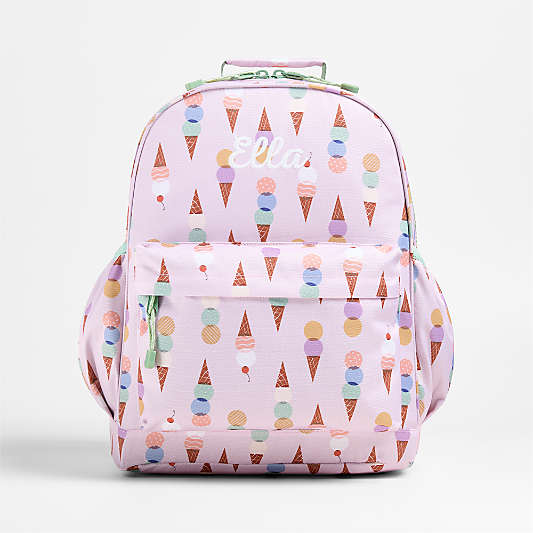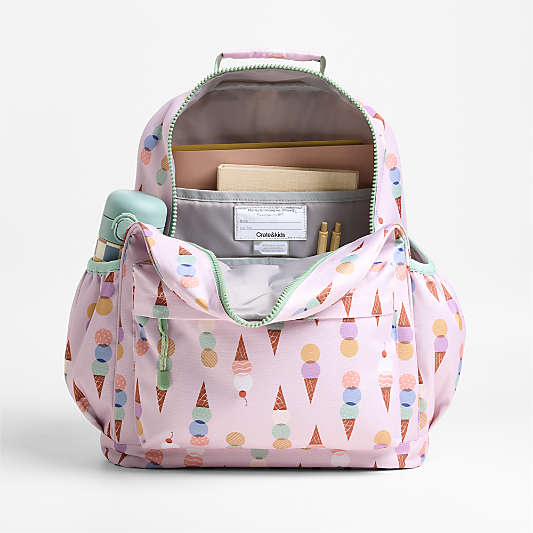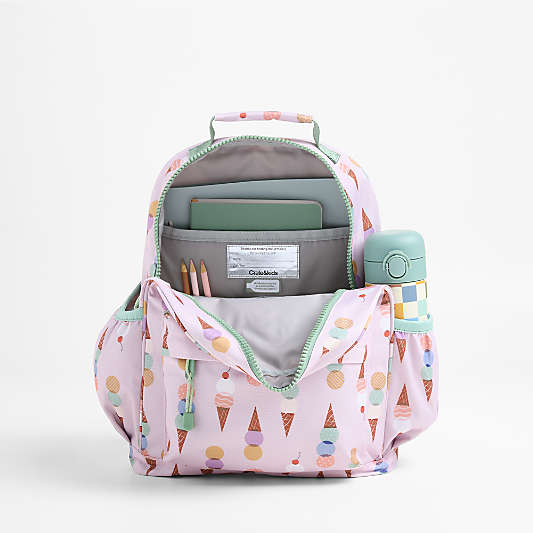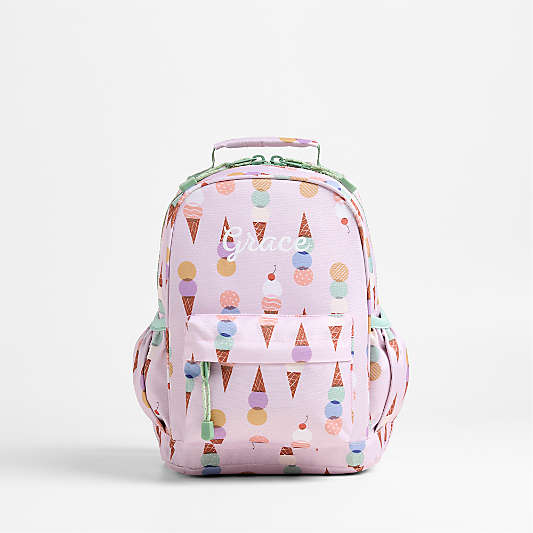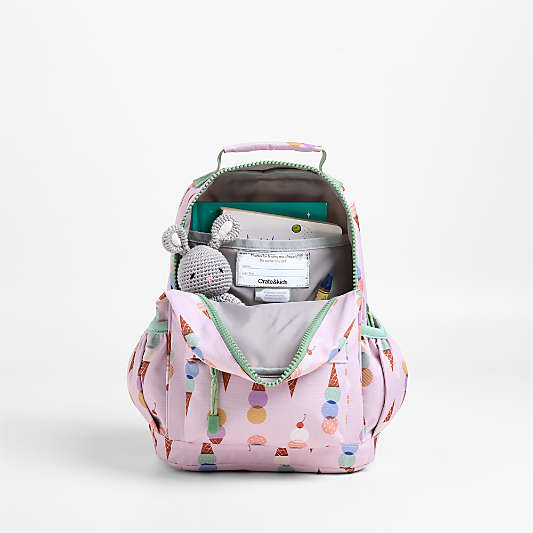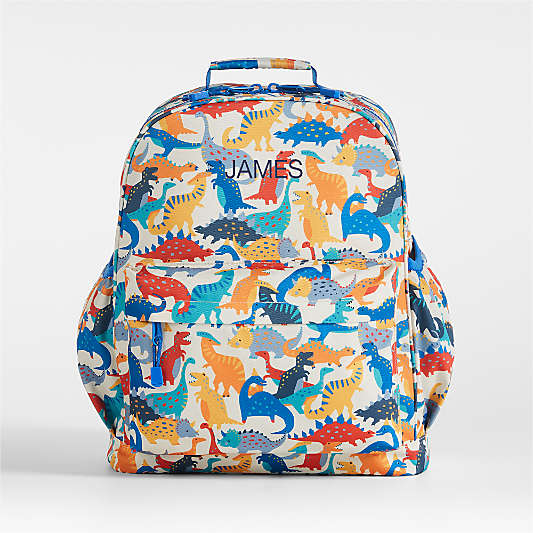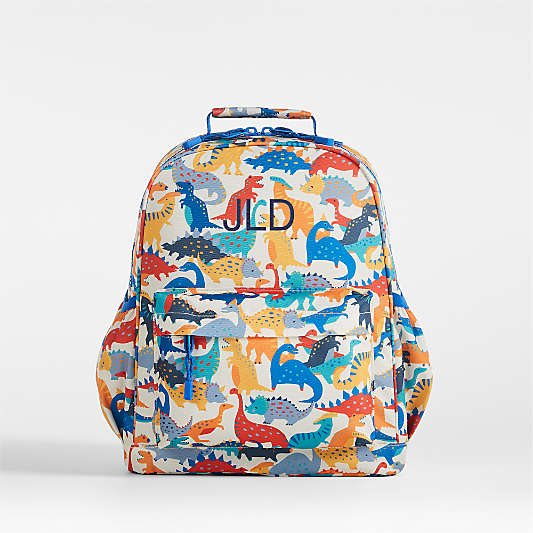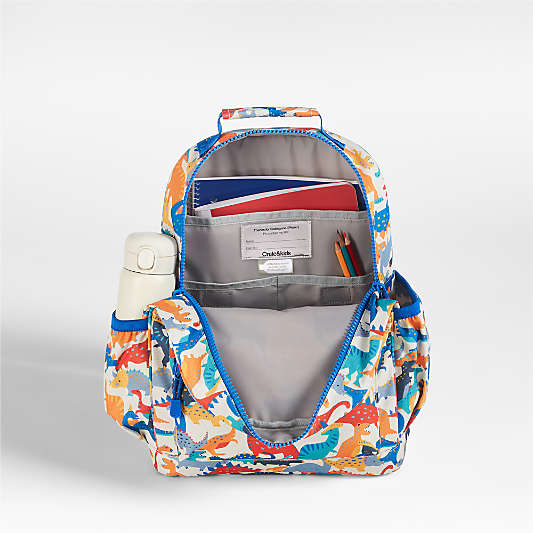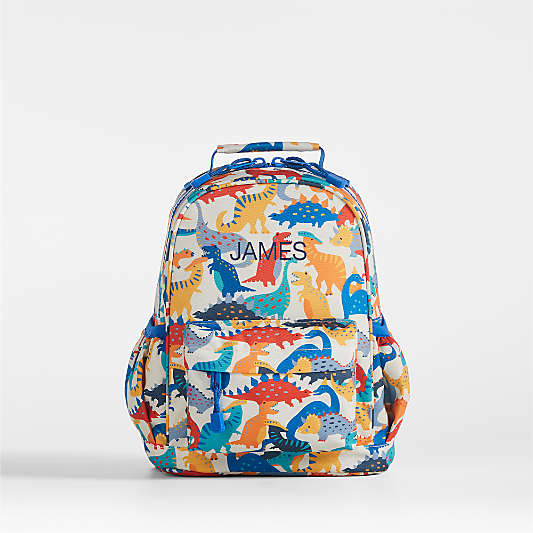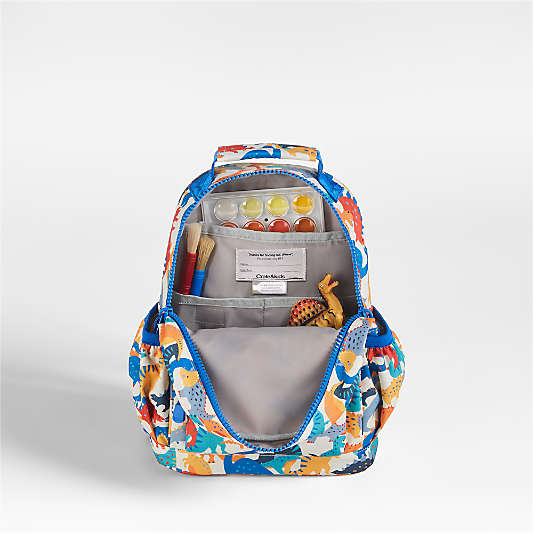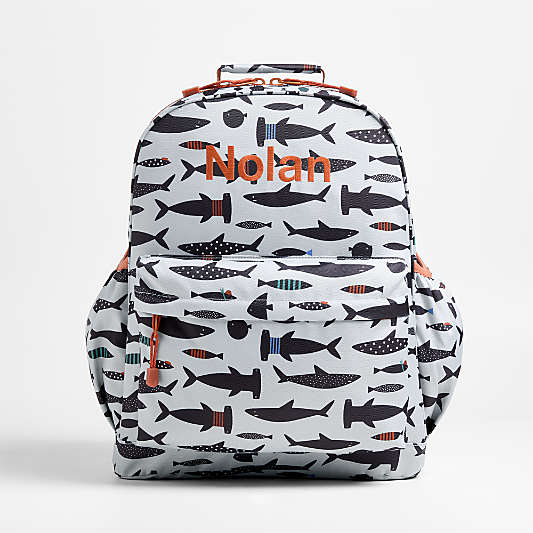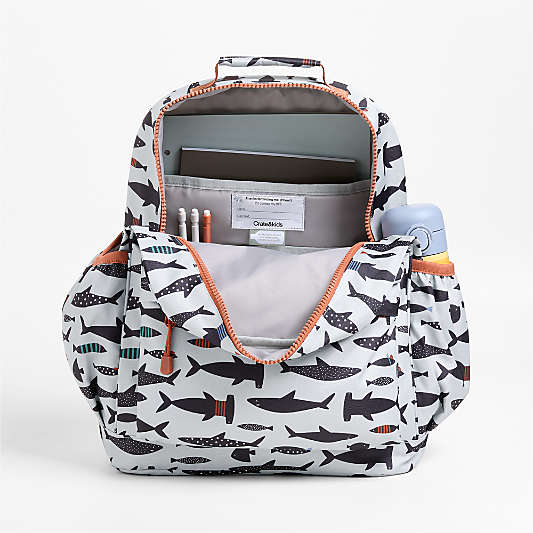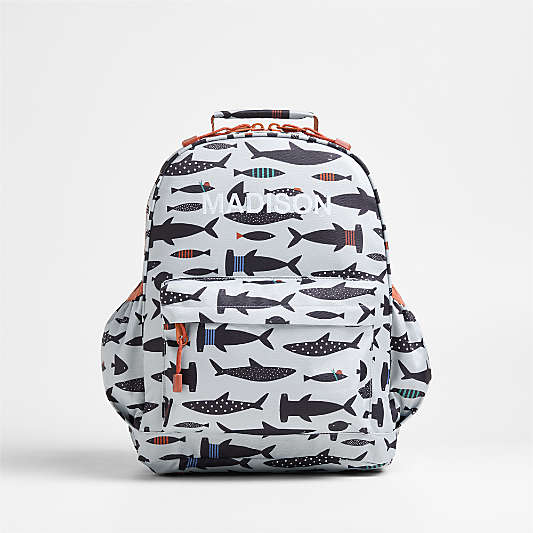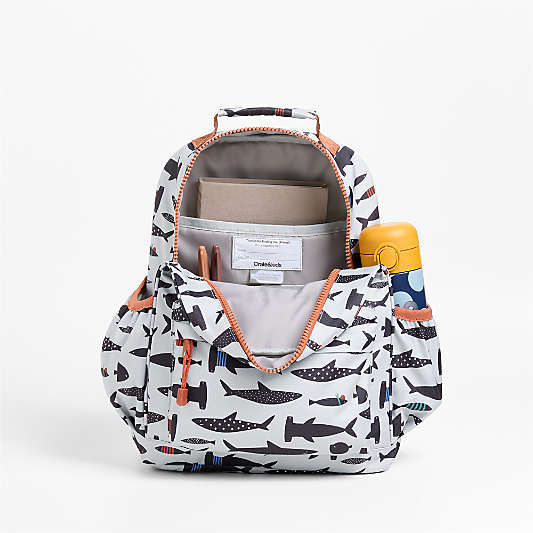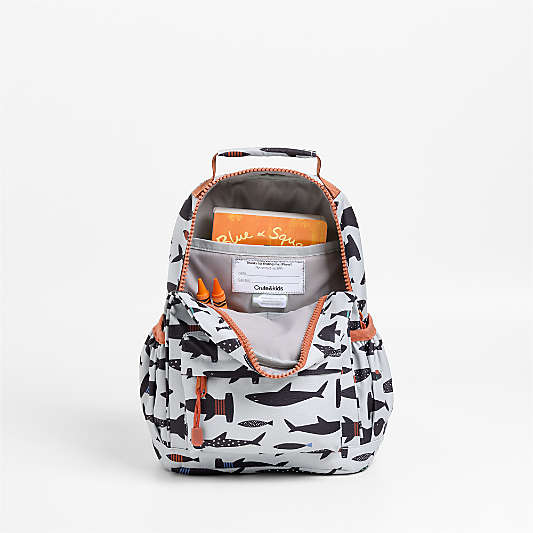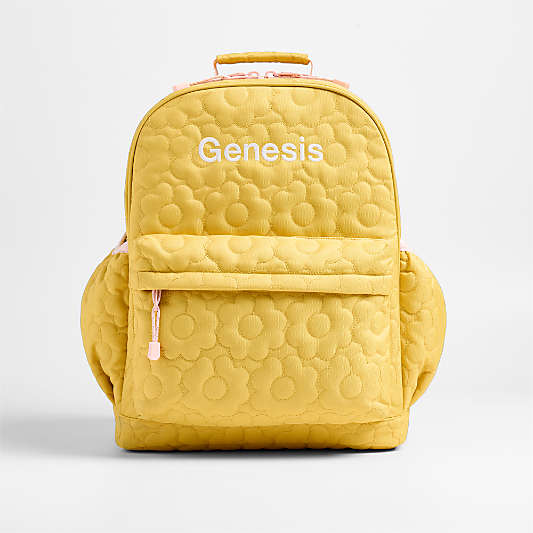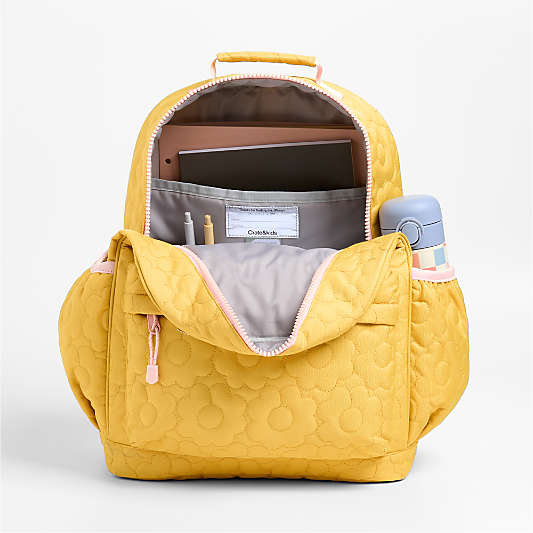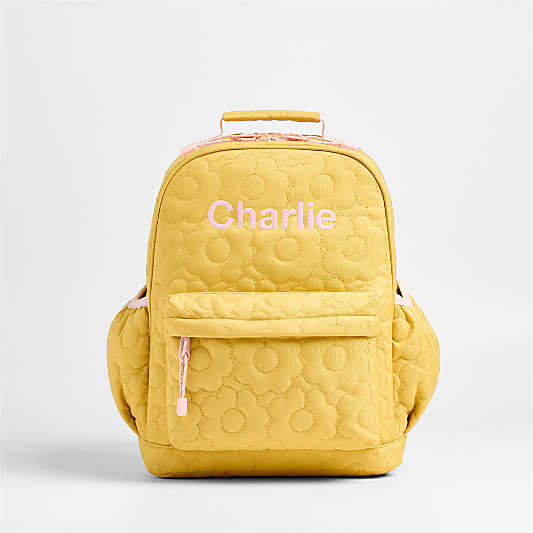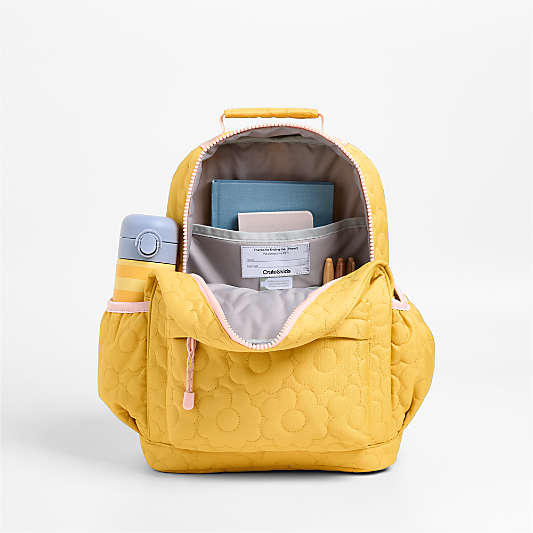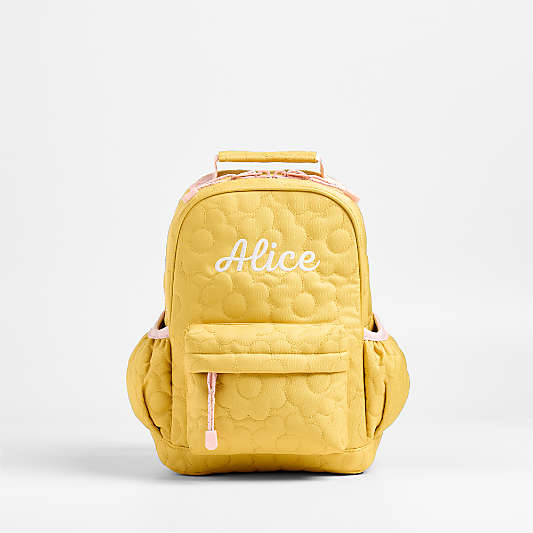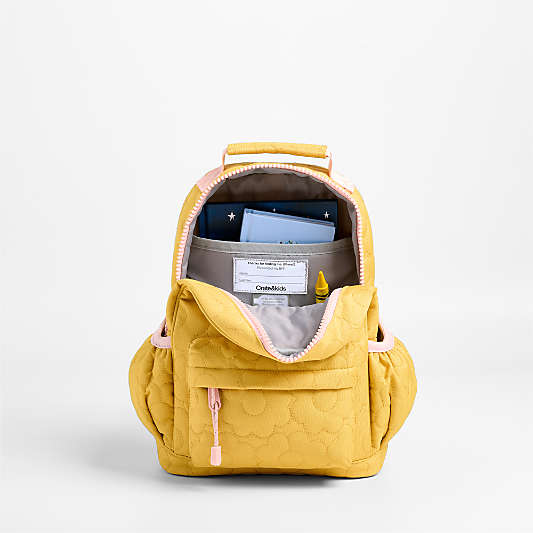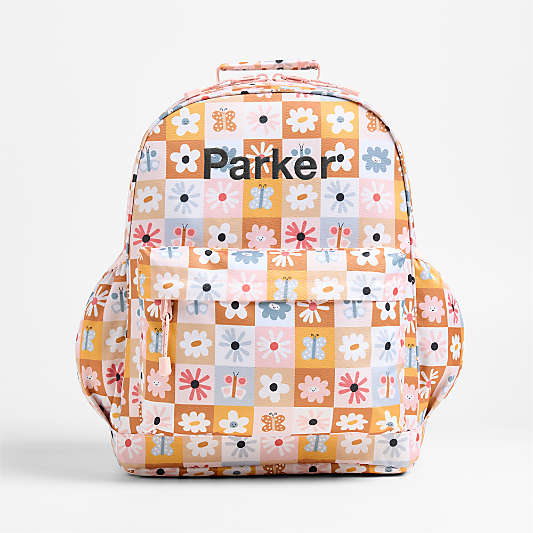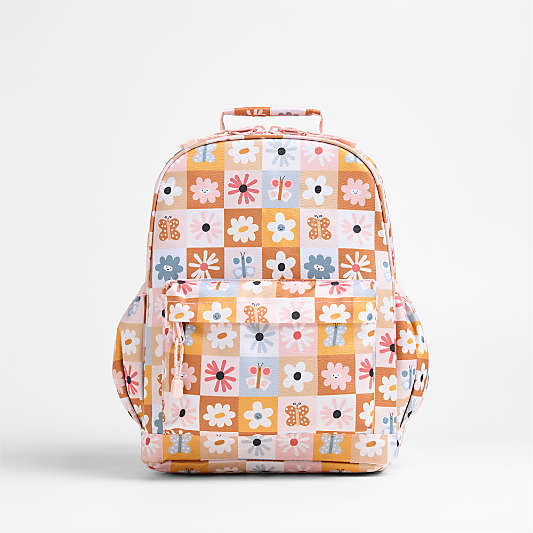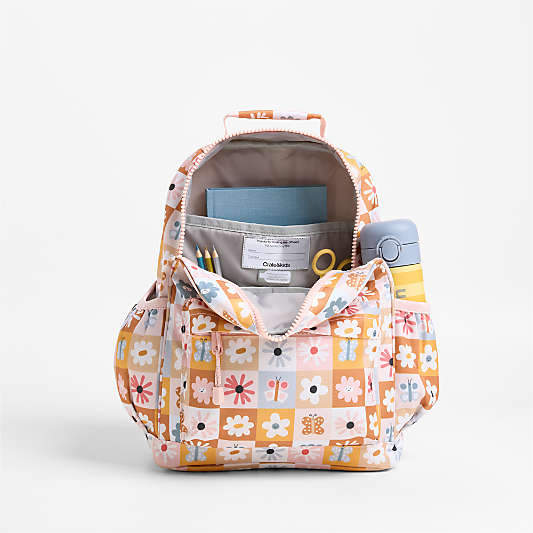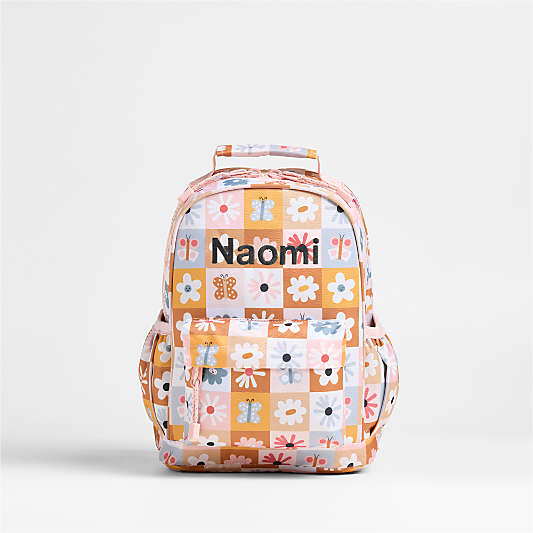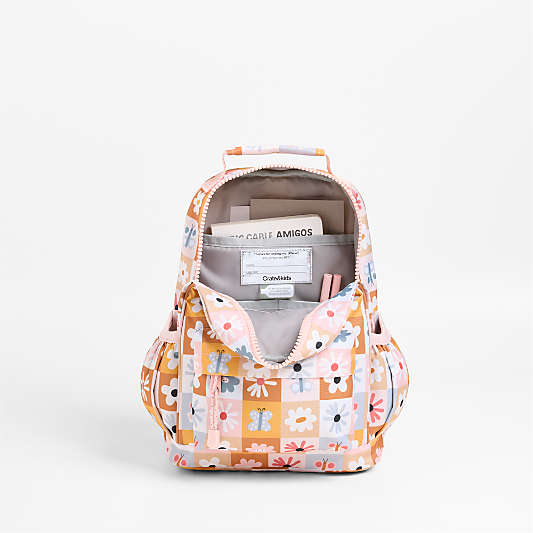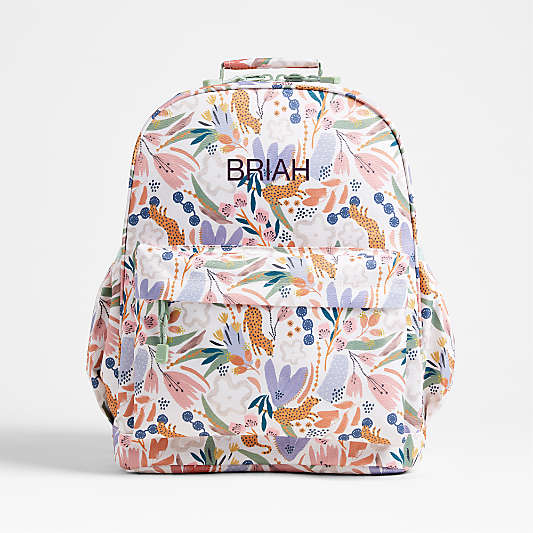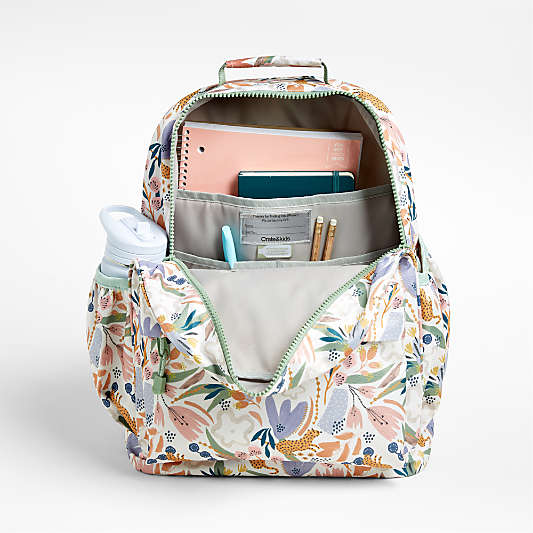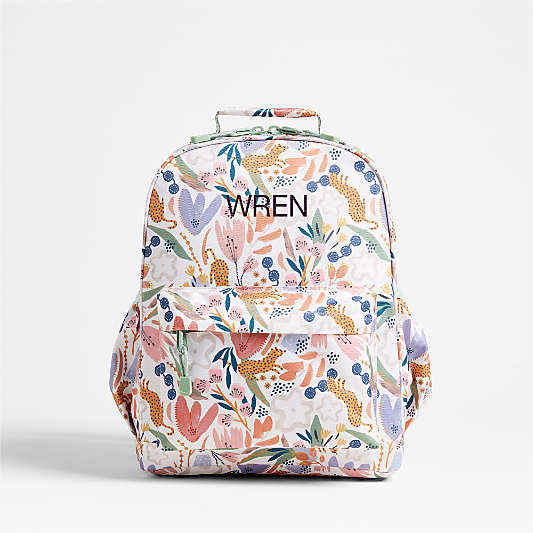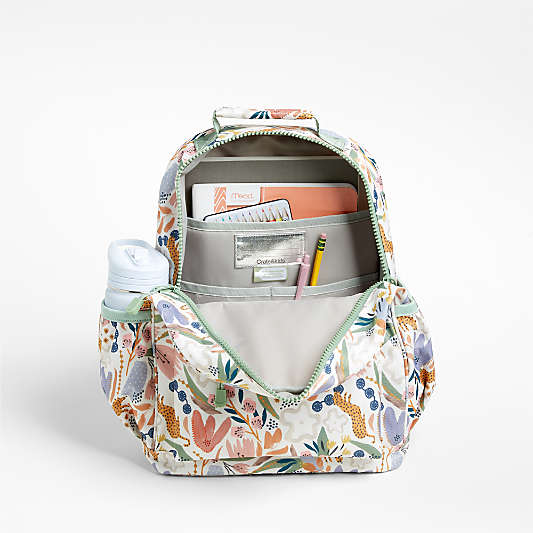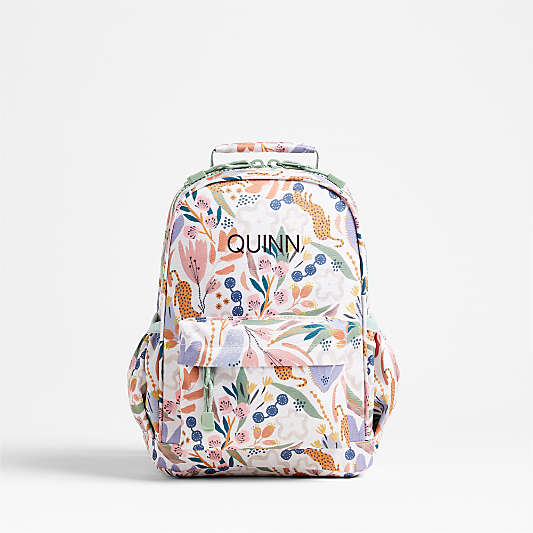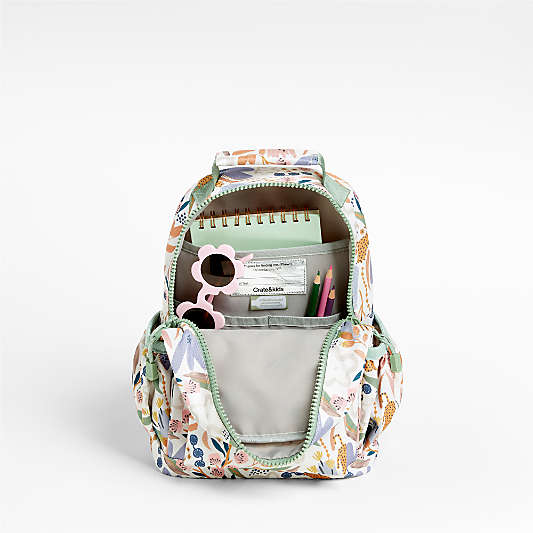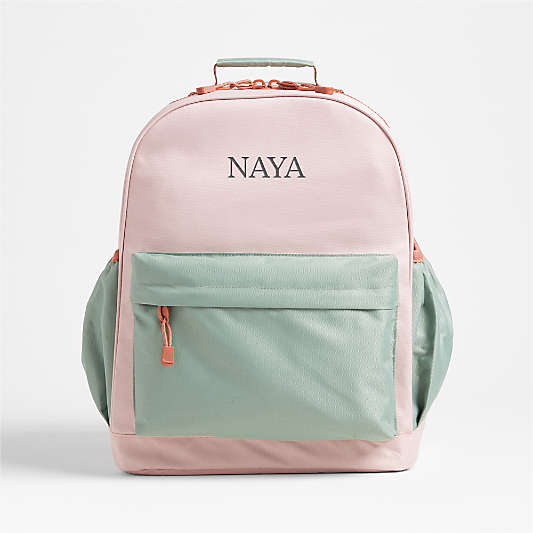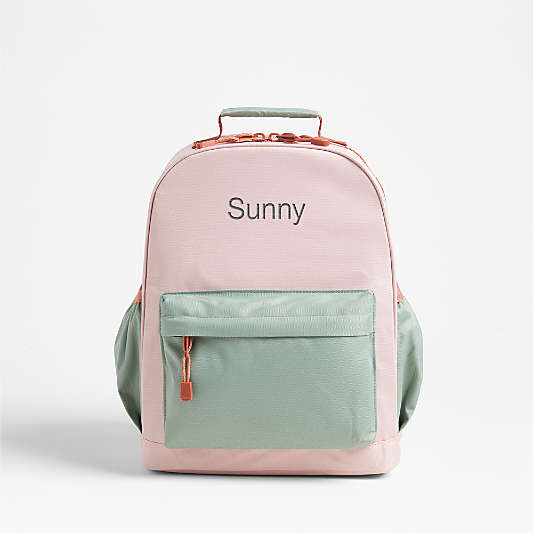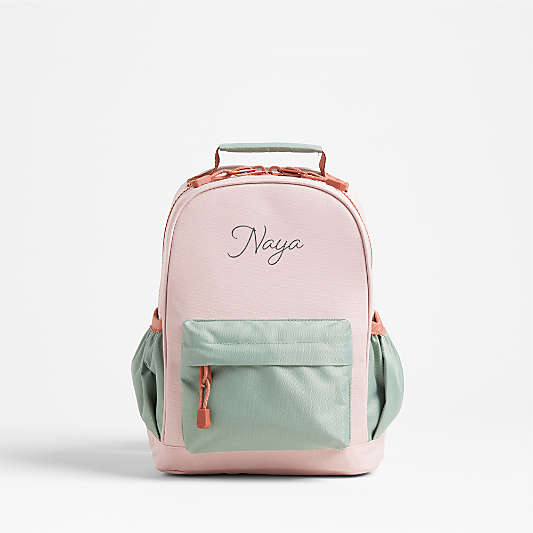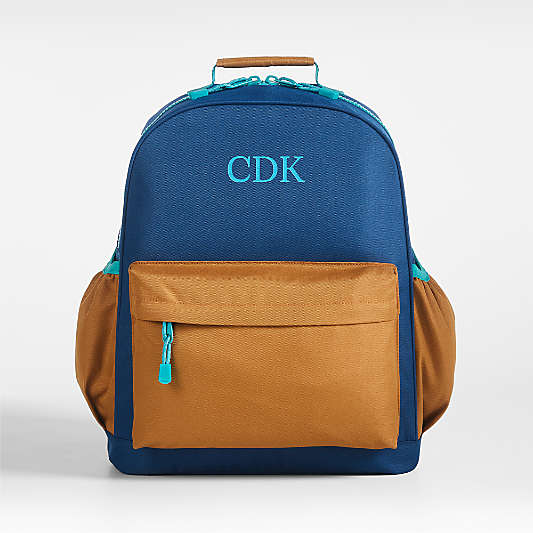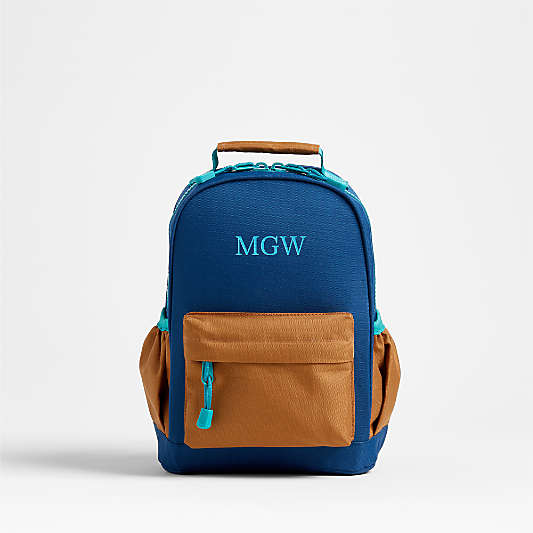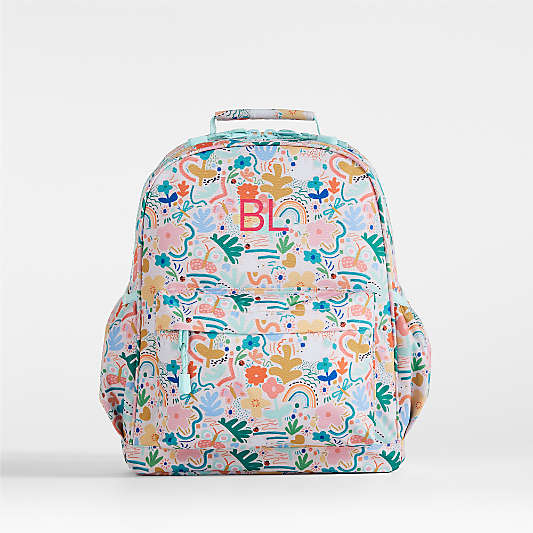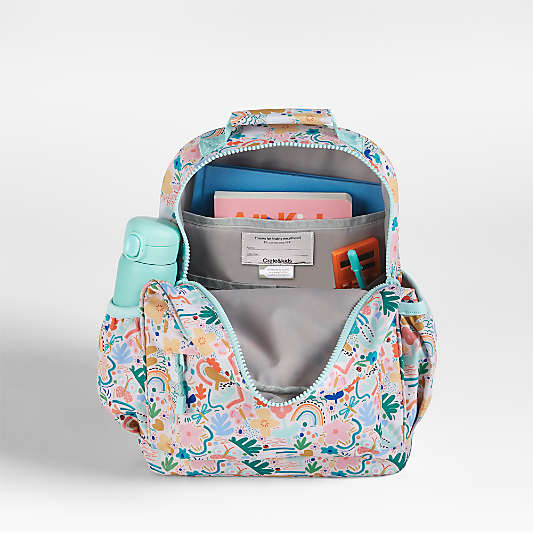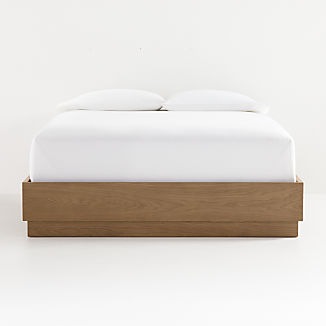kids backpack size guide
6 min read

Did you know that backpacks are not one size fits all? They come in a range of sizes—which allows you to pick the perfect one for your kid. Regardless of their age or grade level, their backpack should be comfortable and, of course, fit everything they need. So let’s get to work to find their best fit!
-
How to Measure a Backpack
For optimal comfort and everyday usability, it's essential that your kid's backpack fits them correctly. Here’s how to measure a backpack:
Height Measurement: Measure the height of the backpack from the bottom to the top.
Width Measurement: Measure the width of the backpack from side to side.
Depth Measurement: Measure the depth of the backpack from front to back.
Plus, it’s important to understand how a backpack should be positioned in relation to their body:
Shoulder Blades: The backpack should sit comfortably on the kid's shoulders without hanging too low or digging into their neck.
Waist: The bottom of the backpack should rest in the curve of the lower back, distributing weight evenly.
Back: The backpack should fit snugly against their back, with the straps adjusted to ensure a close fit.
-
What Size Backpack is Appropriate for Kindergartners?
For kindergartners, small backpacks are ideal since they are lightweight and appropriately sized for their smaller frames. Our small backpacks fit kids that are 38”-43” inches tall, or kids ages 3-5. Look for backpacks with padded, adjustable straps to ensure a comfortable fit. Our small backpacks also feature a zip front pouch, two side pockets (water bottle spot!) and a water-resistant, recycled shell.
-
What Size Backpack is Appropriate for Grade Schoolers and Older?
As kids get bigger, so should their backpacks. Our medium-sized backpacks are made for grade schoolers (kids that are 43”-49” inches tall, or ages 5-7). They offer enough space to carry books, folders, a laptop, and other essentials without being too bulky or heavy. Our large backpacks are suitable for older kids who need to carry a significant number of items, such as textbooks, laptops, or even sports gear. They are designed for kids who are 48” inches or taller, or ages 7+. Look for backpacks with ample padding and support to ensure comfort, even when carrying heavier loads.
-
What Other Backpack Features Should Be Considered?
Padding: Ensure the backpack has adequate padding in the shoulders and back to provide support and comfort.
Storage Space: Look for compartments specifically designed for water bottles and lunch boxes to keep items organized and easily accessible.
Weight: Choose a lightweight backpack to prevent unnecessary strain on your child's shoulders and back.
Adjustability: Opt for backpacks with adjustable straps and chest or waist belts to customize the fit for your child's comfort.
Durability: Select a backpack made from high-quality materials that can withstand daily wear and tear.
Design: Let your child choose a backpack with a design and color scheme they love, encouraging them to take ownership of their belongings.






